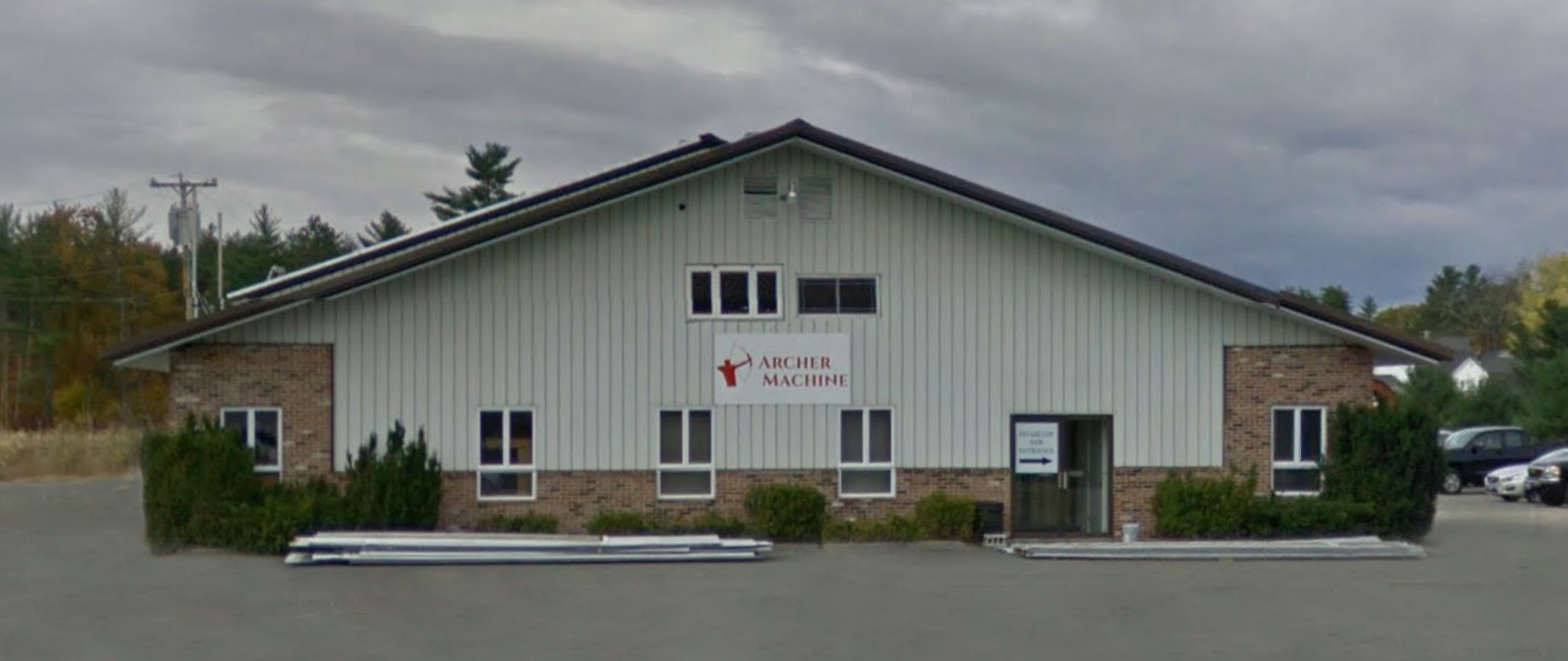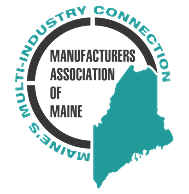Why 3D Machining Reduces Cost
CAM software has become so powerful that 3D machining is a great way to save time and cost on parts that may currently be made by traditional means. Some common examples are tight tolerance holes and low stress keyways. A traditional method of creating a tight tolerance hole would be to use one tool to spot drill the locations, a second tool at a specific size to drill pilot holes, a third tool to the exact size reams to tolerance and a fourth tool chamfers the entrance to the feature. Conventional method uses 4 tools, each having a specificity to the feature, a dollar cost and a time cost associated with procuring, handling in the shop and placing in the machine.
Reduce Cut Time & Faster Delivery
Using 3D we can use fewer tools (1-2) and a much more general tool selection to achieve the same end feature with less machine cut time. In many cases we would simply program an endmill to circle interpolate the diameter while spiraling down and cutting the chamfer on top as a cone when it retracts. Varying the spiral ramp angle allows us to find a side load on the endmill that keeps the feature in tolerance while maximizing metal removal rate, cutting the chamfer on top typically takes less time than the machine can make a tool change. When needed for chip evacuation, a pilot hole can be drilled with a carbide drill eliminating the need to spot drill and eliminating the need for a pilot hole of a specific size. In this way a single sized endmill will allow us to machine many features that previously would have required specific tooling.
Low stress or "spooned" keyways are common in high frequency shafting applications where the sharp edge at the bottom of the keway and specifically the transition to the shaft can lead to premature failures because of metal fatigue. Marine propellers use a tapered shaft and a keway running along the taper to maintain a positive lock. With 3D milling the time and operation is reduced drastically from 3 operations, each requiring specific cutters and alignment to each other to a single operation using one generic ball end mill to sculpt the keyway in small passes. Not only are the time savings realized in reducing the number of setups, but the end result is much more uniform as it is not effected by misalignments that may arise in handling.
Posted on Friday, April 7, 2017


